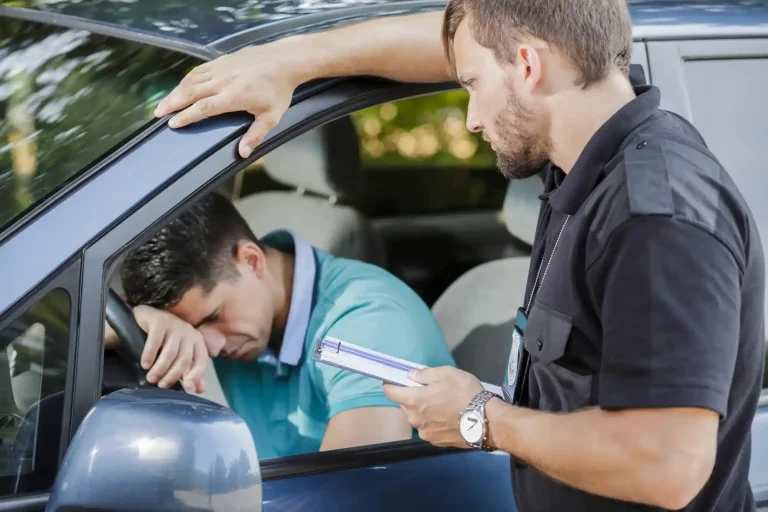Essential Steps to Take After a Slip and Fall Accident

Nebraska is known for its friendly communities and well-kept public spaces, but slip and fall accidents can still happen anywhere—whether it’s a local grocery store in Omaha, a workplace in Lincoln, or a neighborhood sidewalk after a storm. While these accidents might seem minor at first, they can lead to serious injuries such as fractures, sprains, or even head trauma.
When you experience a slip and fall in Nebraska, knowing what to do next is crucial to protecting both your health and your legal rights. One of the best steps you can take early on is reaching out to Nebraska slip and fall lawyers who understand state liability laws and can help guide you through the claims process.
Before you call an attorney, however, there are several important steps you should take immediately following the accident.
1. Seek Medical Attention Right Away
Your health should be the top priority. Even if you feel okay immediately after the fall, some injuries—such as concussions or internal bleeding—may not be apparent right away. Visit a doctor or emergency room to get checked out.
Medical records will also be essential if you decide to file a claim later on. They provide documented proof of your injuries and treatment, which can support your case.
2. Report the Accident
If your slip and fall happened on someone else’s property—like a store, apartment complex, or workplace—make sure to report it to the property owner, manager, or supervisor as soon as possible. Request that they document the incident in their accident report or logbook.
Having an official record of the accident helps establish that the property owner was made aware of the hazardous condition. This is a critical step in proving negligence later.
3. Document the Scene
Gathering evidence at the scene can make a huge difference in your case. Take photos or videos of:
- The exact location of the fall
- Any hazardous conditions (wet floors, uneven surfaces, poor lighting, debris)
- Your injuries (bruises, cuts, swelling)
- Warning signs (or lack thereof)
If there were any witnesses, ask for their contact information. Their testimonies can be powerful in supporting your version of events.
4. Preserve Any Clothing or Shoes Worn During the Accident
Sometimes the condition of your shoes or clothing can provide important evidence. For example, worn-out soles might be relevant, or wet clothes might help prove slippery conditions. Keep these items safe and avoid washing them until after you’ve spoken with a slip and fall lawyer.
5. Avoid Making Statements That Could Hurt Your Case
When talking to the property owner, insurance representatives, or even on social media, be careful with what you say. Avoid admitting fault or downplaying your injuries. Stick to the facts and leave the legal discussions to your attorney.
6. Consult with a Slip and Fall Lawyer
Once you’ve taken the initial steps, contact a qualified slip and fall lawyer. They can review your case, advise you on your rights, and help you navigate the complicated legal process.
An experienced attorney knows how to handle insurance companies and build a strong claim that maximizes your compensation for medical bills, lost wages, pain and suffering, and other damages.
Key Takeaways
- Seek immediate medical care to ensure your health and create an official record of injuries.
- Report the accident to the property owner or manager to document the incident.
- Take photos and gather evidence at the scene, including witness information.
- Preserve your clothing and shoes worn during the fall as potential evidence.
- Be cautious about what you say and avoid admitting fault.
- Consult a slip and fall lawyer early to protect your legal rights and maximize your compensation.





